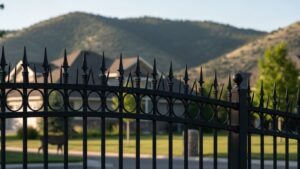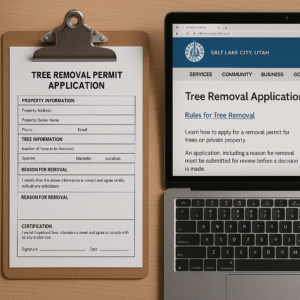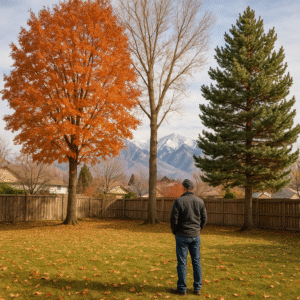Trees are a beautiful addition to any property, but they can pose significant risks when planted near power lines. In Utah, homeowners are responsible for ensuring that their trees do not interfere with nearby power lines, which can cause serious safety hazards and power outages. Failing to properly maintain trees near these lines can lead to costly penalties, damage, and even legal liability. Understanding your responsibilities as a homeowner and utilizing professional tree services can help mitigate these risks and protect your property.
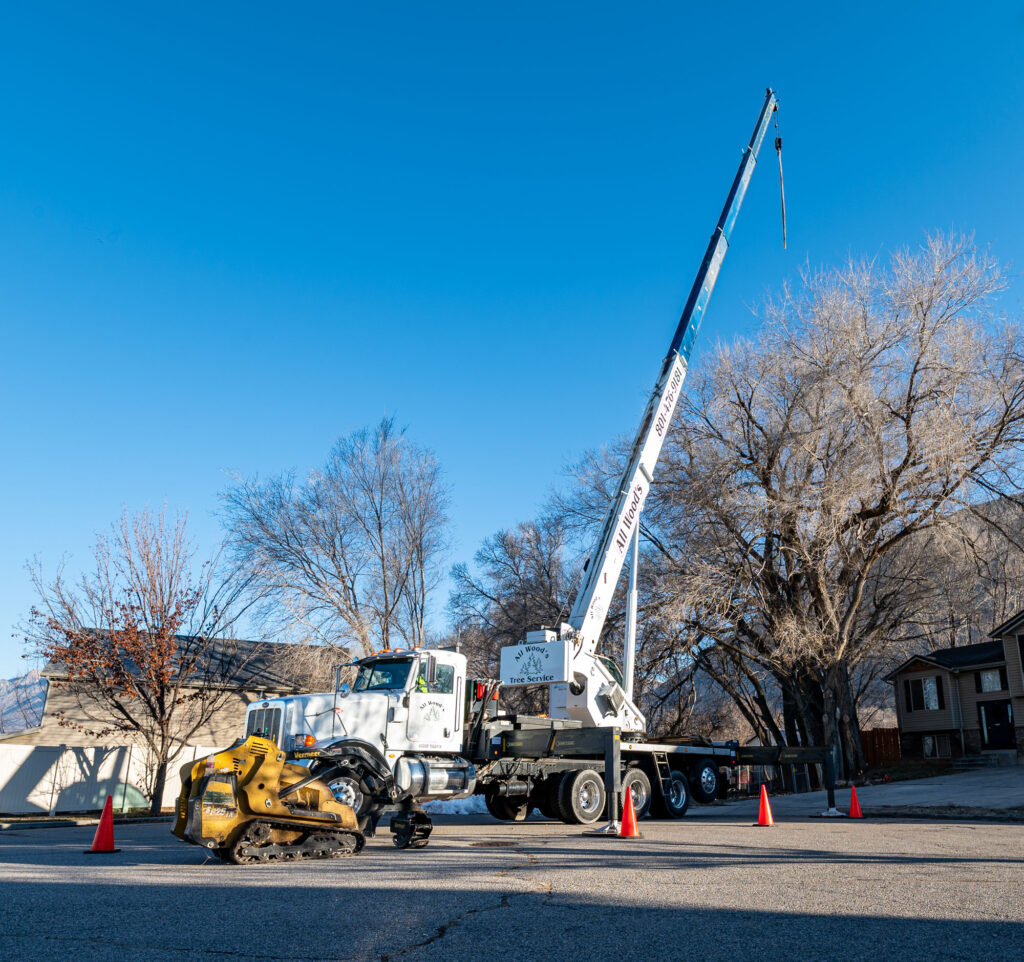
Understanding Utah’s Laws on Trees Near Power Lines
In Utah, utility companies such as Rocky Mountain Power have strict regulations regarding tree growth near power lines. According to state laws, property owners must ensure that trees and vegetation on their land do not encroach on utility infrastructure. While utility companies are responsible for trimming or removing trees that interfere with high-voltage transmission lines, homeowners are typically responsible for trees near lower-voltage distribution lines that deliver electricity directly to homes.
Key regulations include:
- Prohibited Planting Zones: Utah law prohibits planting trees within a certain distance of power lines. This distance varies depending on the height and spread of the tree. For example, trees that grow taller than 25 feet should not be planted within 20 feet of power lines.
- Homeowner Liability: If a tree on your property damages power lines or causes an outage, you may be held liable for repair costs and any associated damages. Rocky Mountain Power reports that vegetation-related outages can lead to significant financial penalties for homeowners if negligence is found.
- Utility Access Rights: Utah utility companies have the right to access private property to trim or remove trees that pose an imminent danger to power lines. However, if homeowners fail to maintain their trees, the costs of these emergency services may be passed on to the property owner.
The Cost of Non-Compliance
The financial consequences of ignoring tree maintenance near power lines can be steep. If a tree causes a power outage, repairs can range from a few hundred to several thousand dollars, depending on the extent of the damage. Additionally, if the falling branches or trees cause personal injury or property damage, homeowners can face lawsuits and increased insurance premiums.
According to data from Rocky Mountain Power, tree-related outages are a leading cause of power disruptions in Utah, particularly during storms. In fact, trees are responsible for up to 20% of all power outages in the state, with costs to repair power lines reaching millions of dollars annually.
How Homeowners Can Protect Themselves
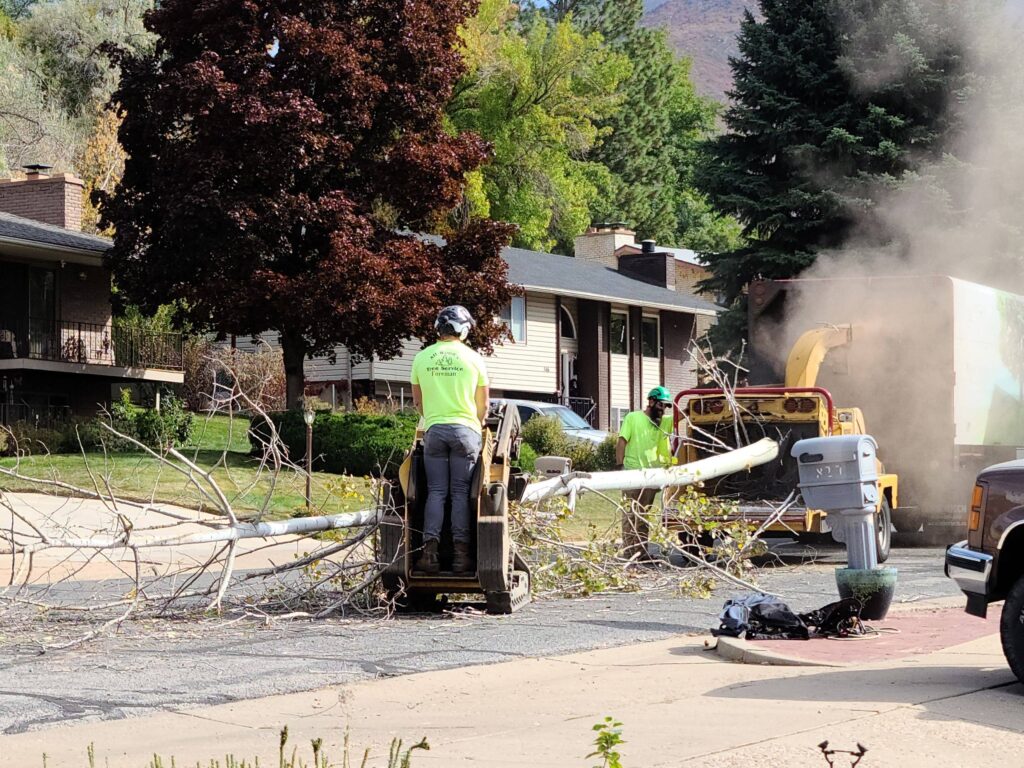
- Know the Regulations: The first step to avoiding liability is to familiarize yourself withUtah’s regulations concerning trees near power lines. Before planting trees or making landscaping decisions, consult your local utility company for guidelines on safe distances.
- Regular Maintenance: Regular tree trimming is essential to keep branches from growing into power lines. Professional tree services, like All Wood’s Tree Service, can help by providing regular inspections and trimming services to ensure your trees remain within compliance.
- Consult Professional Tree Services: Maintaining trees near power lines can be dangerous work, requiring special equipment and expertise. Professionals are trained to handle these jobs safely and in accordance with Utah’s utility guidelines. They also understand how to properly prune trees to encourage healthy growth while minimizing the risk of interference with power lines.
- Plant Wisely: When planning your landscape, consider the mature height of the trees you plant. Opt for smaller, slow-growing species if you are planting near power lines. Professional tree services can also provide advice on tree selection to minimize future risks.
Top 5 Cities in Utah and Their Tree Trimming Regulations:
- Salt Lake City: Requires homeowners to keep trees at least 10 feet from power lines. Utility companies may intervene if trees pose an immediate hazard.
- Provo: Prohibits planting trees that grow taller than 25 feet within 15 feet of power lines. Homeowners are responsible for maintenance near distribution lines.
- Ogden: Trees must maintain a clearance of at least 15 feet from power lines. The city advises regular professional trimming to prevent outages.
- St. George: Enforces a no-planting zone of 20 feet around power lines for trees over 30 feet in height. Homeowners are liable for damage caused by neglected trees.
- Layton: Recommends keeping tree branches 10 feet away from power lines and allows the city to trim trees encroaching on public power infrastructure.

Benefits of Hiring Professional Tree Services
Professional tree care is not only a safer option but also a long-term cost-saving strategy. Hiring professionals reduces the risk of improper trimming that could lead to more frequent maintenance or damage. Additionally, tree services can help you plan out your landscape to avoid future liabilities. In fact, having a professional trim your trees can reduce the likelihood of interference by up to 40%, significantly lowering the risk of damage and outages.
All Wood’s Tree Service offers expert tree trimming and pruning services specifically tailored to help homeowners avoid potential liabilities. With regular maintenance, you can enjoy the beauty of trees on your property without worrying about the costly risks of power line interference.

Utah homeowners must be proactive in maintaining trees near power lines to avoid legal liabilities, costly damages, and power outages. By understanding local regulations, regularly trimming trees, and enlisting the help of professional tree services, you can protect your property, reduce risks, and ensure compliance with Utah law. Contact All Wood’s Tree Service today to schedule a consultation and keep your trees safely maintained year-round.



